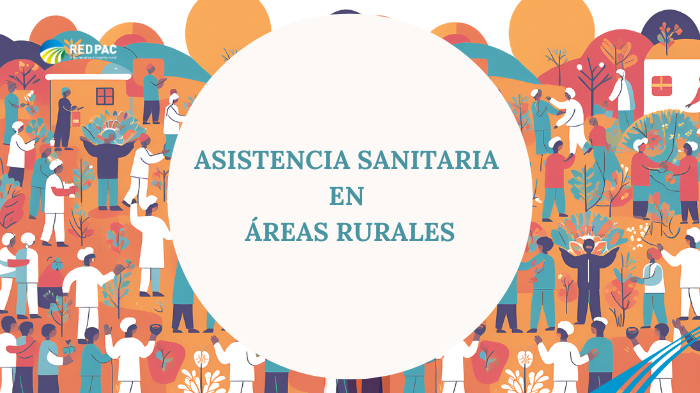
05 de December de 2024
Dinamización rural
Innovación
A research project by the ICSO group proposes a digital system powered by Artificial Intelligence (AI) that allows rural residents greater access to medical care.
- A research project by the ICSO group proposes a digital system powered by Artificial Intelligence (AI) that allows rural residents greater access to medical care.
- Algorithms establish routes for medical vehicles in an efficient, fast, and customizable manner.
Is the " 45-minute territories " model effective in rural areas of Spain? Yes, or at least, it's getting closer to it. This is the question that a recent study by the interuniversity research group ICSO attempts to answer . The study aims to make healthcare more accessible to rural municipalities in our country, municipalities where residents face barriers to accessing health centers or doctors' offices.
The "45-minute territories" originate from the " 15-minute city ," an increasingly popular term that defines population centers where residents can cover their basic needs within a 15-minute walk or bicycle ride. Thus, taking into account variables such as population density and distance, this concept is considered to extend to 45 minutes in rural areas.
According to data from the Ministry of Agriculture, Fisheries, and Food , 85% of Spain's territory is rural, home to 15.9% of the population . Of this area, 9% do not comply with the "45-minute rule ." Based on this information, a project developed by researchers from the Open University of Catalonia , the Autonomous University of Barcelona , and the Polytechnic University of Valencia was born .
Operation of the proposed model
The program consists of a computer model with the following characteristics:
- Developed using scalable and customizable routing algorithms that establish efficient routes for medical assistance vehicles.
- Parameters that define the routes: based on priorities, visit times, and travel distance.
- Using Artificial Intelligence tools: designed to solve advanced optimization problems.
Conclusions of the study
The project, which has been published as an open resource for adoption in different territories, has generated a simulation in the province of Segovia, where 11.8% of municipalities are more than a 45-minute walk from a primary care center. The conclusions of this case study are as follows:
- Efficiency and accessibility in rural health services : The proposed model improves scheduling and care routing in rural areas, considering technological limitations and the advanced age of many residents.
- Theoretical and practical implications : The results underscore the importance of considering factors such as service coverage and reliability, environmental sustainability through the use of electric vehicles, and flexibility in scheduling visits to accommodate patient needs.
- Future research directions : It is suggested to optimize the model with a more complete objective function, explore the inclusion of alternative transportation vehicles (such as helicopters), and improve long-term visit planning to balance the scope and quality of services in rural settings.









